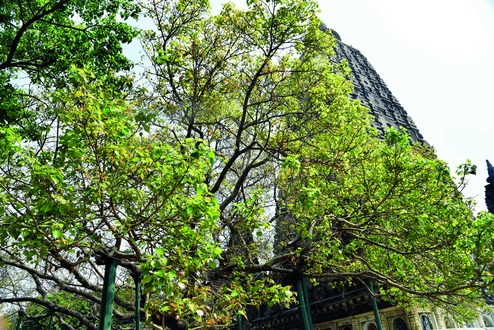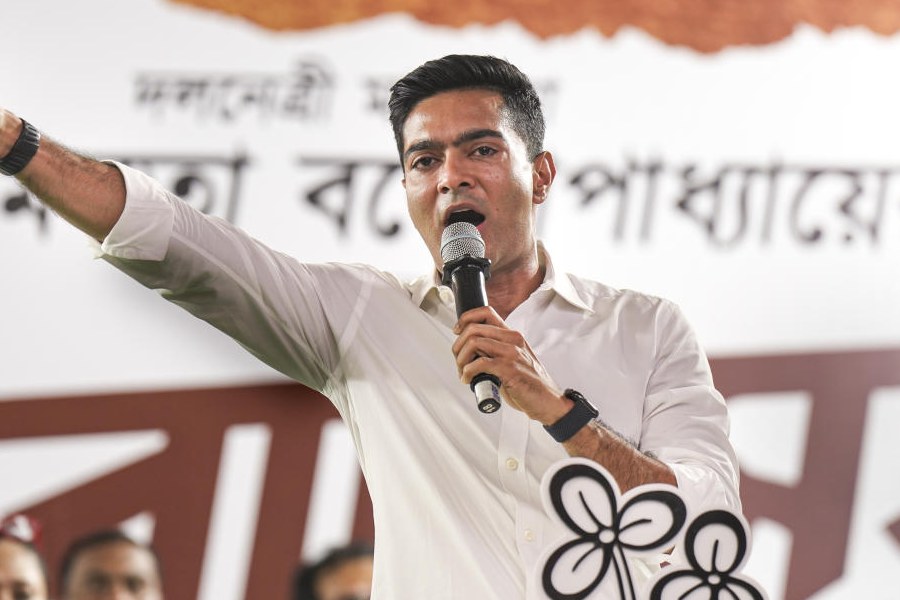
Gaya: The Bodhgaya Temple Management Committee, the body responsible for management and maintenance of the shrine where the Buddha is believed to have attained enlightenment about 2,500 years back, is in a fix over what to do if ithe sacred tree collapses during a natural calamity such as a storm, an earthquake or a flood.
The tree's growth is uneven and it is tilting heavily to the western side, opposite to the shrine's sanctum sanctorum to its east, said botanist Ataur Rahman.
According to RevPragya Deep, general secretary of the International Buddhist Council, the body representing about 50 foreign monasteries in Bodhgaya, the tree was very sacred to Buddhists and it was for the shrine management committee to prepare a contingency plan to meet any eventuality.
Buddhist emotional attachment to the tree that symbolises Buddha's enlightenment was unfathomable, the monk said.
The existing tree is said to be a direct descendant of the original tree, which provided shade to Buddha, then a wandering prince, during the last seven days of his seven-week-long, non-stop meditation at different points in the premises, now known as Mahabodhi temple.
It was brought from Sri Lanka, where the original saplings were sent by Emperor Asoka.
Asked whether there was a Plan B for the sacred tree, Gaya district magistrate (DM) Abhishekh Singh, who is also the ex-officio chairman of the shrine management committee, said the committee secretary N. Dorje was the right person to take a call in the matter.
However, well-placed sources say two options are being considered as Plan B in case the sacred tree were to fall suddenly.
The tree, in any case is to be substituted with the same DNA profile. DNA profiling of the tree has already been done, the source said.
The options including cloning the tree or freezing and preserving its seeds. Cloning, according to a scientist from Dehradun-based Forest Research Institute, was a risky venture as the process may lead to mass reproduction of the sacred tree, thereby compromising its unique status.
Sources said the Plan B came up for discussion during a visit by N.S.K. Harsh, former professor of the Forest Research Institute in Dehradun.
The scientists reportedly favour the safer option of preserving the seeds in a frozen state. The technique is locally unavailable and requires a specialist agency with good credentials. FRI scientists may provide expert advice to the shrine committee in this regard.










